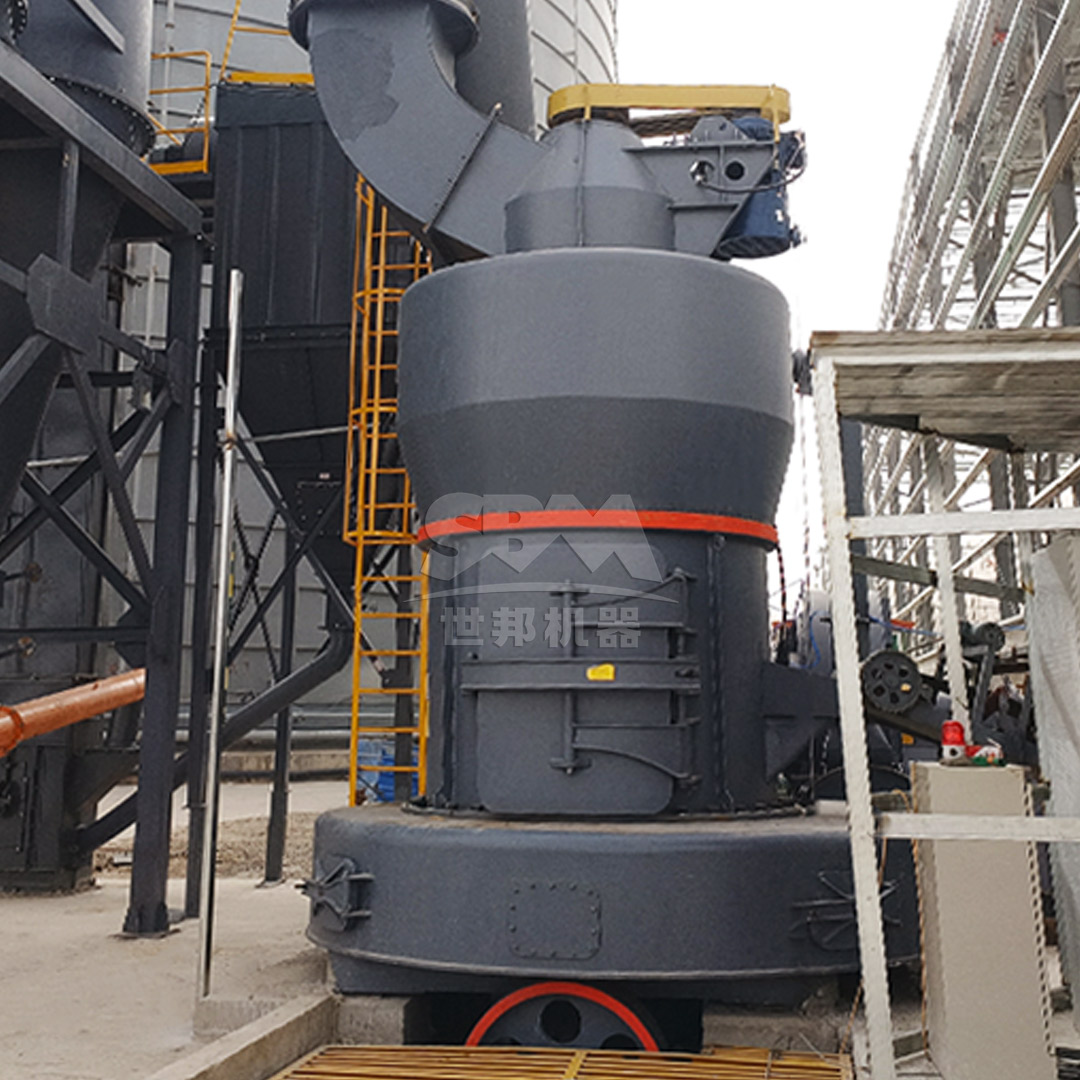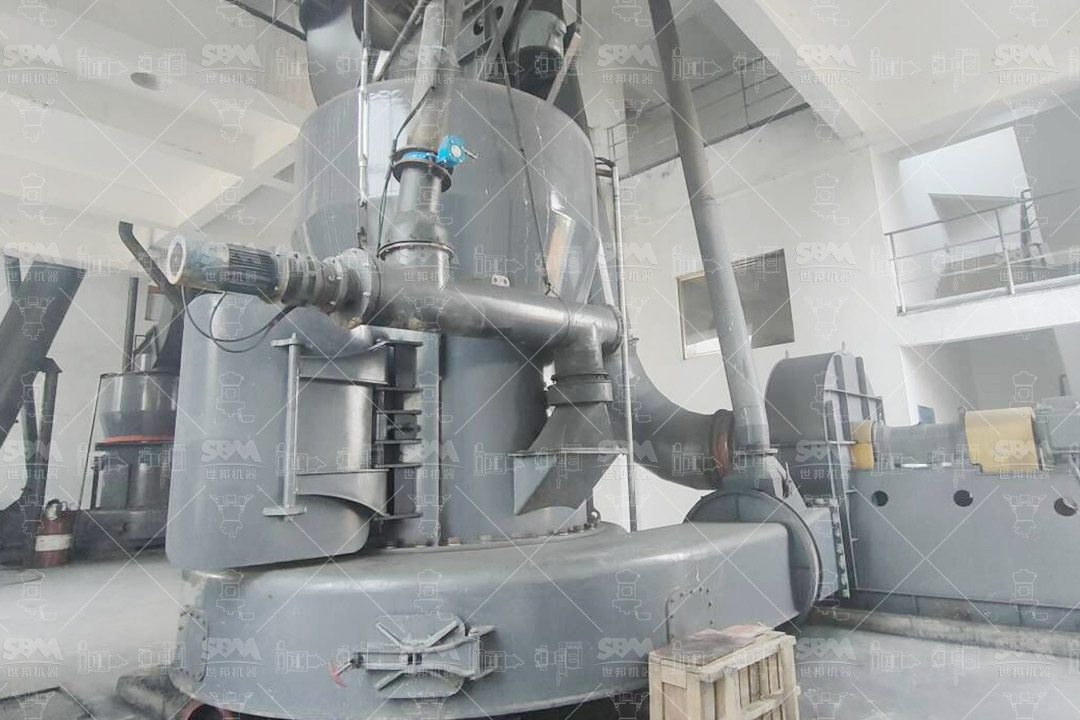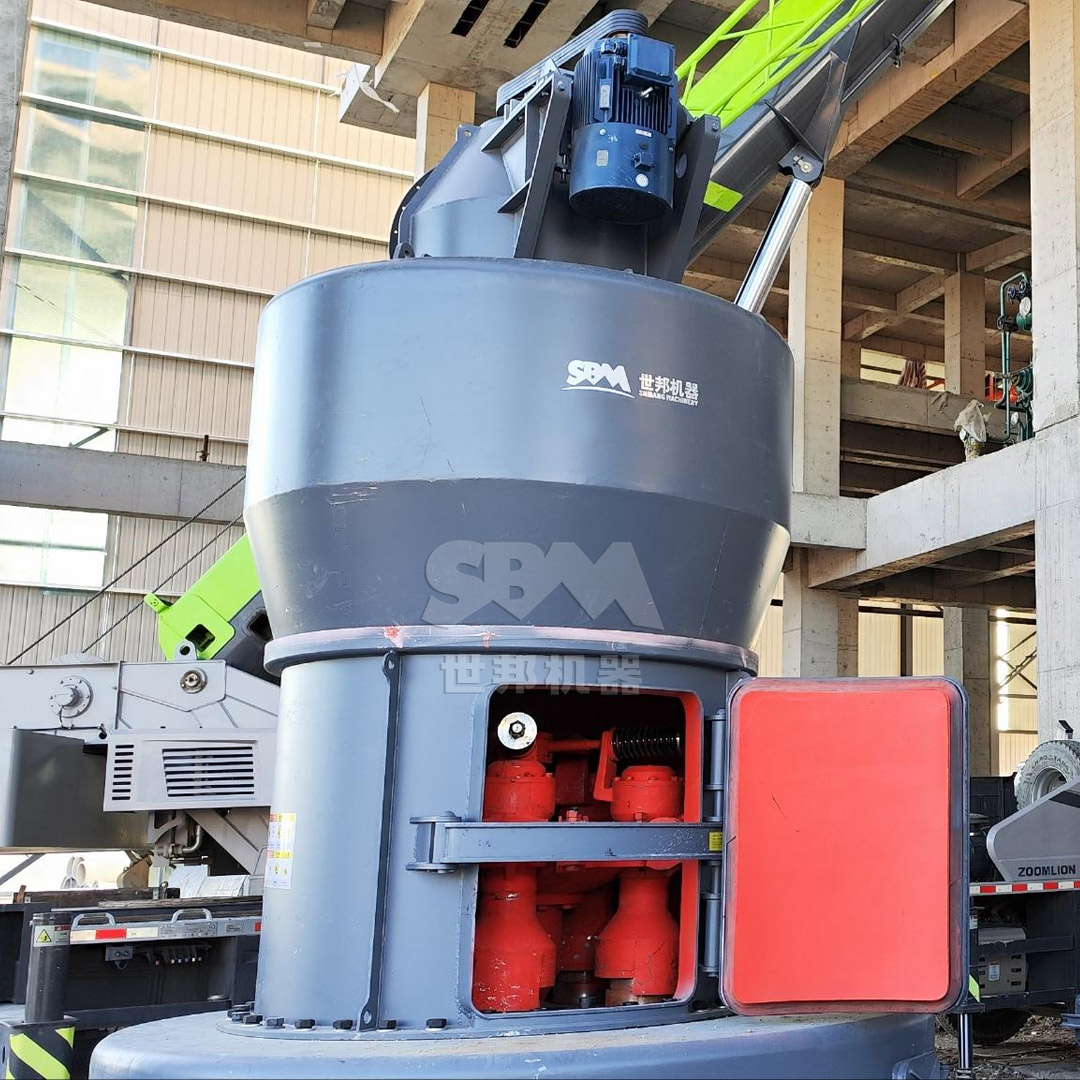Producing food-grade calcium carbonate from limestone requires specialized grinding equipment that can meet stringent quality, safety, and regulatory standards. The selection of an appropriate grinding mill is crucial for achieving the desired particle size distribution, maintaining product purity, and ensuring cost-effective operation. This comprehensive guide explores the key factors to consider when choosing a limestone grinding mill for food-grade calcium carbonate production.

Food-grade calcium carbonate must comply with strict international standards including FDA regulations, EU food additive directives, and other regional food safety requirements. The material must be free from heavy metals, microbial contaminants, and other impurities that could compromise food safety. The grinding equipment must therefore be constructed with food-grade materials and designed to prevent contamination during processing.
Different food applications require specific particle size distributions. For instance:
The chosen mill must consistently produce the required fineness with narrow particle size distribution to ensure optimal functionality in the final food product.
Determine your required production capacity based on current demand and future growth projections. Mills range from small-scale laboratory units producing a few kilograms per hour to industrial systems capable of processing tens of tons per hour. Consider both your immediate needs and scalability requirements.
Grinding operations account for a significant portion of production costs. Energy-efficient mills can reduce operational expenses by 20-40% compared to conventional systems. Look for mills with advanced motor technology, optimized grinding mechanisms, and intelligent control systems that minimize energy consumption.
Food-grade production demands exceptional hygiene standards. The mill should feature:
Consider the total cost of ownership, including:
For applications requiring very fine particles (below 10 microns), ultrafine grinding mills offer precise control over particle size distribution. These mills typically employ advanced classification systems to ensure consistent product quality.
Our SCM Ultrafine Mill series represents an excellent solution for high-precision food-grade calcium carbonate production. With output fineness ranging from 325 to 2500 mesh (D97≤5μm), this mill delivers exceptional particle size control crucial for food applications. The vertical turbine classifier ensures precise size cuts without coarse powder contamination, while the intelligent control system automatically maintains consistent product quality. The mill’s special material rollers and grinding rings provide extended service life, and the pulse dust collection system exceeds international environmental standards.
| Model | Processing Capacity (ton/h) | Main Motor Power (kW) | Output Fineness (mesh) |
|---|---|---|---|
| SCM800 | 0.5-4.5 | 75 | 325-2500 |
| SCM900 | 0.8-6.5 | 90 | 325-2500 |
| SCM1000 | 1.0-8.5 | 132 | 325-2500 |
| SCM1250 | 2.5-14 | 185 | 325-2500 |
| SCM1680 | 5.0-25 | 315 | 325-2500 |
Vertical roller mills offer high efficiency for medium to large-scale production. Their compact design and integrated systems make them suitable for facilities with space constraints.
Our LM Series Vertical Roller Mill provides an integrated solution with crushing, grinding, and separation functions in a single unit. This mill reduces footprint requirements by 50% and can be installed outdoors, significantly reducing civil construction costs. The non-contact design between rollers and grinding disc triples the service life of wear parts, while energy consumption is 30-40% lower than traditional ball mill systems. The expert automatic control system supports remote operation and real-time monitoring, reducing manual intervention and ensuring consistent product quality.

Trapezium mills provide reliable performance for standard fineness requirements with excellent operational stability and lower capital investment.
Our MTW Series Trapezium Mill features anti-wear shovel design with combined shovel blades that reduce maintenance costs. The curved air duct optimization minimizes airflow energy loss, improving transmission efficiency. The integrated bevel gear transmission achieves 98% transmission efficiency while saving space and reducing installation costs. The wear-resistant volute structure eliminates flow resistance, improving air classification efficiency and reducing maintenance costs by 30%.
Traditional ball mills remain a viable option for certain applications, particularly when processing flexibility is required. However, they generally have higher energy consumption and maintenance requirements compared to modern grinding technologies.
| Mill Type | Output Range | Energy Efficiency | Maintenance Level | Capital Cost | Best Application |
|---|---|---|---|---|---|
| Ultrafine Mill | 325-2500 mesh | High | Medium | High | Premium food applications |
| Vertical Roller Mill | 30-600 mesh | Very High | Low | Medium-High | Large-scale production |
| Trapezium Mill | 30-325 mesh | Medium-High | Low-Medium | Medium | Standard food applications |
| Ball Mill | 0.074-0.8mm | Medium | High | Low-Medium | Budget-conscious operations |
Advanced classification is essential for achieving narrow particle size distributions. Dynamic classifiers with multiple rotors provide superior separation efficiency compared to static separators.
Effective dust collection systems must meet food safety standards while ensuring operator safety and environmental compliance. Pulse jet bag filters with food-grade filter media are recommended.
Consistent feeding is crucial for stable mill operation. Vibratory feeders with variable speed control help maintain optimal mill loading and prevent fluctuations in product quality.

A major calcium carbonate producer faced challenges with inconsistent particle size, high energy costs, and frequent maintenance downtime. Their existing ball mill system could not meet the stringent requirements for food-grade applications, particularly for pharmaceutical and nutritional supplement customers.
After thorough evaluation, the company selected our SCM Ultrafine Mill system with the following configuration:
The implementation delivered significant improvements:
The integration of IoT sensors, predictive maintenance algorithms, and artificial intelligence is transforming mill operations. Smart mills can automatically adjust operating parameters based on raw material characteristics and product requirements.
Energy recovery systems, water recycling in cooling applications, and reduced carbon footprint are becoming increasingly important in mill selection. Modern mills are designed with sustainability as a core principle.
Combining different grinding technologies in series or parallel configurations can optimize efficiency for specific applications. These systems leverage the strengths of different mill types to achieve superior results.
Selecting the right limestone grinding mill for food-grade calcium carbonate production requires careful consideration of multiple factors including product specifications, production capacity, energy efficiency, hygiene requirements, and total cost of ownership. Advanced mills like our SCM Ultrafine Mill and LM Series Vertical Roller Mill offer compelling advantages for food-grade applications, combining precision particle size control with operational efficiency and compliance with food safety standards. By understanding your specific requirements and evaluating available technologies against these criteria, you can make an informed decision that supports your production goals and quality standards for years to come.